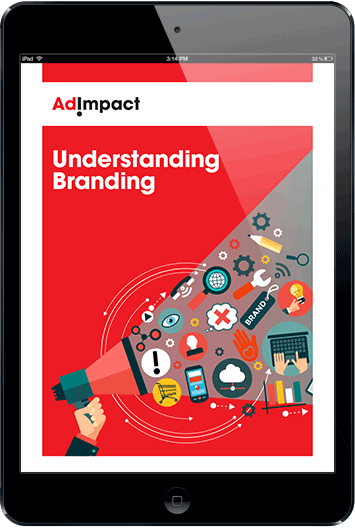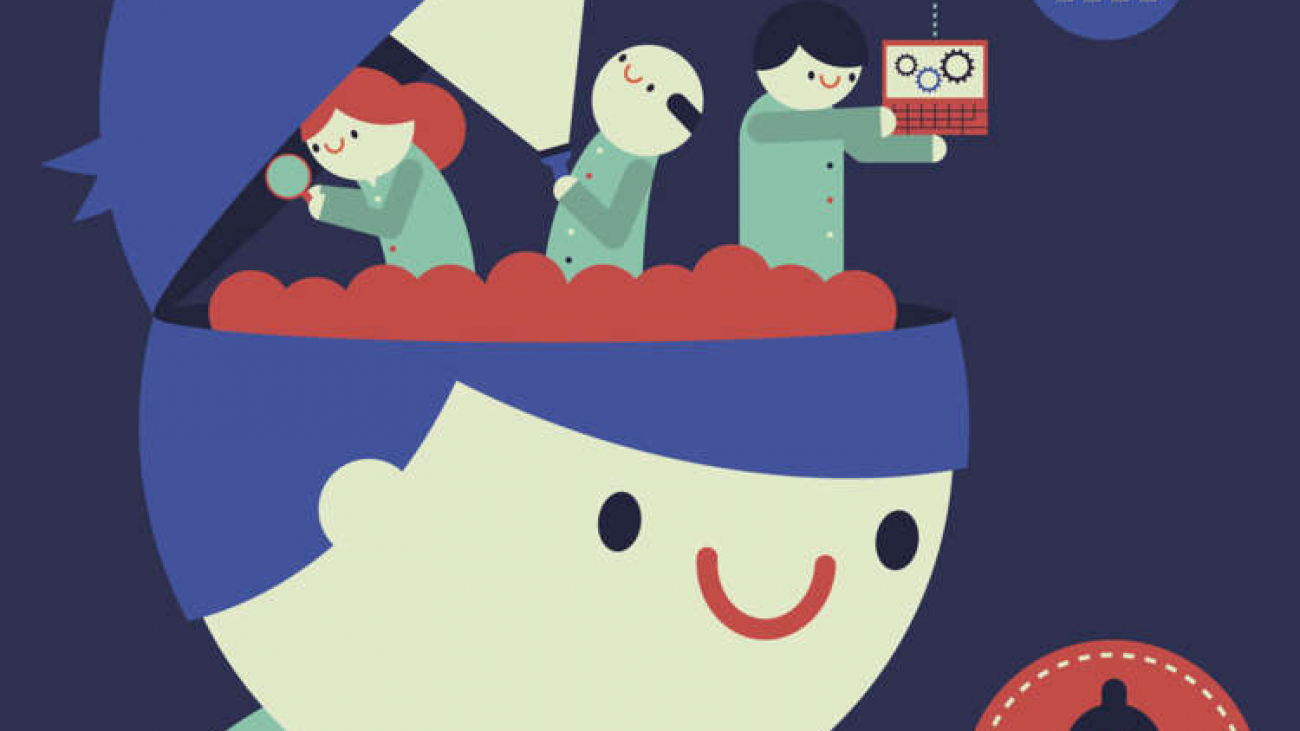Psychology has often been castigated as a softer science. As it is not as easily subject to predictive validity and verification as some of the “hard sciences” many of its resultant inferences have been met with a degree of skepticism. However, if there is one conclusion from the past hundred years of psychological study that has been verified beyond all doubt, it is they idea that people are subject to a variety of cognitive forces not under their own control.
Before we had psychology, and before these forces became articulated, advertisers still knew that certain marketing techniques made concepts and products stick in a way that others didn’t. Since these ideas have been crystalized, psychological theory has been applied to the field of advertising, and the methodology of marketing now more than ever resembles something akin to a science. Today, I want to explore some of the psychological techniques that are being used to successfully manipulate the unconscious mind of consumers.
Loss Aversion
The field of decision theory centers on the reasoning underlying an individual’s choices. While a fairly new development in the realm of cognitive psychology, it has made several important advancements in recent history, not least of which being the concept of loss aversion. Loss aversion is the idea that individuals will take greater pains in trying to avoid losses rather than to create gains. It is often conceptualized as the idea that people will try harder to avoid losing $5 than they will to earn $5.
Once recognized, we can see the principle of Loss Aversion at play in much of the advertising world. One of the most prominent examples is the concept of the “time-restricted discount”. When people are confronted with the idea that they will pay more if they wait an arbitrary set of time, they are more likely to pay for a product they would have otherwise been ambivalent about. Even if the price was initially inflated and “reduced”, people are more likely to pay the “reduced” value than they were if that same value was presented at the outset.
The principle of loss aversion can also be seen at play in free trials. The success of free trials is a concept that is partly predicated on good faith, as there needs to be value in a product to distribute it (temporarily) free of charge. Where the principle of loss aversion is seen is that once the free trial is over, people feel an unconscious drive to preserve the presence of whatever product they have been using. Netflix has used this concept to tremendous effect by giving viewers a 30-day free trial before asking them to commit to a subscription fee.
Priming
Priming is a technique whereby exposure to one stimulus influences your response to a subsequent stimulus. For example, the word “chair” is recognized much more quickly if it is preceded by the word “couch” than the word “helicopter.” The mind is a rich tapestry of interconnected ideas, images and experiences, and because of this interconnection, certain words and concepts are anchored strongly to other words and concepts. This anchoring is completely involuntary, and is developed through decades of external experiences and social programming. Though an involuntary phenomenon, it can (and is) exploited regularly by advertisers.
Priming can be frequently seen in much of Coca-Cola’s advertising. Many of their TV ads have their products run alongside images of youthful febrile activity. Young smiling faces, jovial music and dancing are often seen concurrently with either the Coca-Cola symbol or beverage. This grouping is by no means accidental, as advertisers are trying to get consumers to relate positive emotional imagery to their product. Similar examples can be seen in the ads of Macdonald’s, Wendy’s, Subway, Dominos and Pizza Hut just to name a few.
Not all instances of priming are quite so benign either. One of the more serious derivations of the concept is its application to political advertising, known more commonly as Russell Conjugation. Russell Conjugation is an example of priming in which negative emotive language is tied to political opponents, and positive emotive language is tied to political allies. For instance, a positive political ad may say that a politician is for an estate tax, undocumented immigrants and is pro-life. A negative political ad will lambast that same politician as in favor of a death tax, illegal aliens, and anti-abortion policies. Now the interesting thing about all of the words I have just listed, is that they refer toidenticalconcepts. Yet in the former instance, priming is used to glorify a figure, and in the latter, priming is used to demonize that same individual. Though the information may be the same, viewers have been primed differently, and thus feel differently about the politician.
Social Proof
When confronted with the overwhelming degrees of choice we have when deciding between products, we are simultaneously faced with the issue of what products we direct our attention to. As we don’t have enough time to assess the relative value to cost ratio of every single product we try, most of the time we revert to our subconscious filters to help us decide. One such filter is social proof. Social proof is the phenomenon in which an individual assumes the surrounding population possesses more knowledge about something then themselves, and consequently they will copy the behavior of the group.
One of the best examples of social proof is the relationship most restaurants have to Yelp. Many restaurants will implore both their patrons and workers to leave as many 5-star reviews as possible. This is in part due to the fact that modern cities supply consumers with too much choice to pick a restaurant at random. As such, they rely on word of mouth in order to help even out the competition. But it is not just the average score that is of import, as restaurants face significantly more success when they have thousands of reviews rather than dozens. People place more value on a product when they hear 10,000 people say it is great rather than 100. Yelp therefore becomes an advertising platform based almost entirely on the principle of social proof. Even if those scores are inflated, if it looks as if many people are complementary of something, it is in our nature to ascribe more value to that something.
The Unconscious mind
The idea that we are subject to forces so easily (and often) manipulated can at first seem disconcerting. But upon further analysis, appeals to psychology in advertising can actually be viewed in a positive light. The world is simply too intricate and complex to properly discern what the right move is if one is starting from a point of no information. Advertising helps wade through a lot of the decision-making process involuntarily, and helps lighten the cognitive load needed in making a decision about every single product. And in knowing these psychological factors, you can help consumers discern what is valuable from what is not.

Free eBook
Fill in the form below to download the free eBook



